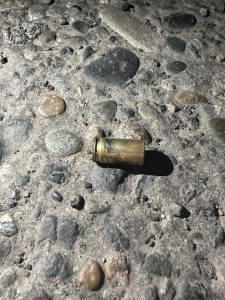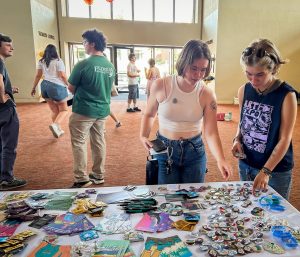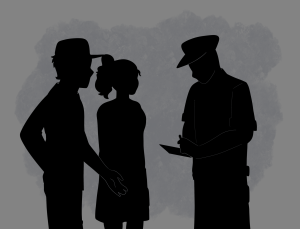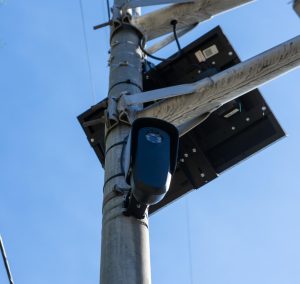Hurricane Ian damages homes and the environment
October 20, 2022
The U.S. was having a fairly normal hurricane season until Hurricane Ian made landfall in western Cuba on Sept. 26. Recorded as a Category 3, the hurricane caused strong winds and deadly storm surges in the area. The severe effects of the storm caused the island’s power grid to be knocked out. Hurricane Ian then progressed; it landed in Cayo Costa, Florida on Sept. 28. At that point, the hurricane was classified as high-end Category 4 with a maximum wind speed of 150 miles per hour.
Ross Koller, a junior with grandparents living in Florida, described the type of personal destruction his family dealt with due to the storm. The damage is attributed to the flooding from hurricane storm surges. Storm surges are when there are significant increases in water level due to the presence of a storm like Hurricane Ian.
“My grandparents live close to the beach; their house is kind of on an elevation, so they had four feet of water,” Koller said. “[In the] building, the integrity of the walls is compromised, [and] some of the walls are going to have to be taken down and put back up again.”
Elianna Washington is a sophomore with extended family in Florida. She emphasized the effect of the harmful waste left from the aftermath of the storm.
“It’s definitely upsetting to have family in Florida right now, but thankfully my family is safe. They’ve said that the environmental impact they’re seeing is devastating though,” Washington said. “The water has spilled oil and landfill trash. It’s become toxic in some areas.”
Koller described the environmental damage caused by the storm surges in his family’s area, which has led to saltwater flooding. The high salt levels make it difficult for plants to survive.
“The flora in Florida [are] really important, and everything is dead now. It’s all gray,” Koller said. “It will be for a long time. A lot of palm trees are just going to be gone. It’s really sad.”
With Hurricane Ian’s powerful effects, the environmental impact continues. Associate Professor of Geology and Environmental Studies Lyman Persico explains the link between hurricane intensification and climate change.
“We have medium confidence in our understanding that climate change has made these stronger storms,” Persico said. “It seems like climate change, that warmer ocean water and warmer air, were able to pack more punch into these storms, which cause them to be that much stronger and much more dangerous.”
Persico explains that warmer waters and ocean temperatures are due to our society being dependent on cheap energy sources. Sources that require burning coal or oil, he explains, create released fossil fuels that add to the greenhouse effect, gradually warming the earth.
In terms of the next steps to help address both the environmental and humanitarian issues of Hurricane Ian, Persico pushes for civic involvement and equity in solving climate issues.
“We need to be asking our politicians at multiple scales — at the local, state and federal scale — to impose stricter building standards [and] to impose these rules on where people can build (potentially based on increases in sea level.) At the same time, we have to be able to do that equitably,” Persico said. “I think a really important part of that next step is understanding how we can improve adaptations for everyone living on coastlines, not just for people with million dollar properties.”
Washington is concerned for the well-being and safety of her family, as well as the potential financial risks.
“They’ve mentioned a lot of panic about the real estate markets because insurance companies are paying billions in damages,” Washington said. “It’s a scary place to be right now.”
Persico wants others to be reminded of the human lives behind these issues. Climate change, he says, is not the only attribution to the natural disasters that many are dealing with.
“I think the issue of hurricanes is more than just a climate change issue. It’s important to know that this was a natural disaster before climate change that impacted a lot of people and [it] disproportionately impacted low-income people,” Persico said. “There are people who have to weather these [storms] out because they have no other choice. We have people that are in hospitals in these places, so we need to be able to protect these citizens and have an equitable future along these coastlines.”






